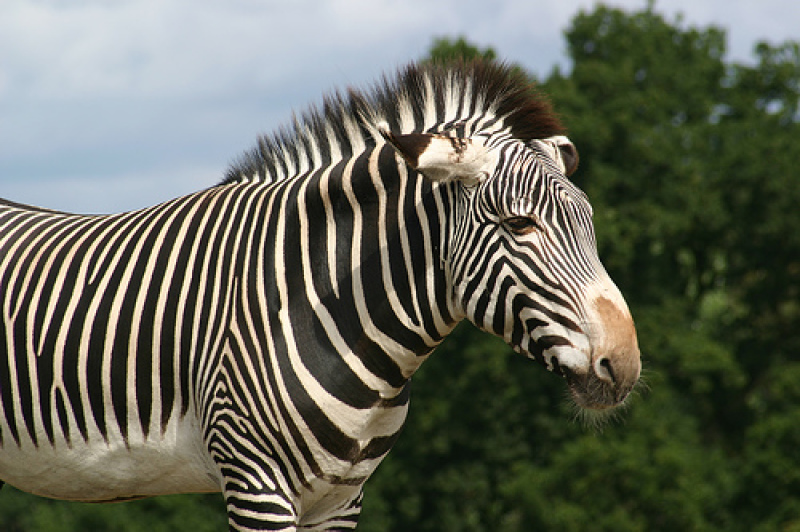
A new study claims that zebras developed stripes on their bodies as a way of coping with the climate conditions of their environment, NBC News reported.
According to biologist Brenda Larison of the University of California, Los Angeles, the general climate of a region is correlated to the number of stripes on a zebra.
The new theory aims to offer a more accurate explanation than that of a previous study stating that the stripes on zebras are part of an evolutionary adaptation technique to keep flies away from their bodies.
Although Larison acknowledges the idea of how zebra stripes prevent diseases from insects, she believes the physical feature serves as a cooling mechanism for the animals.
For the new study, Larison and her team of researchers traveled to different parts of Africa to analyze 16 zebra populations. They discovered that in hotter areas, the zebras spotted more stripes.
Larison explained that when air hits a zebra's body, the stripes create opposing airflows. Since dark colors absorb more heat than lighter ones, the air current over black lines are stronger and faster than the white stripes, according to the National Geographic.
The opposing airflows create wind swirls on the animal's skin which cools it.
After comparing zebras to other non-striped animals from the same regions, the researchers learned that the former's skin temperature is lower by 5.4 degrees Fahrenheit than the latter.
"In contrast to recent findings, we found no evidence that striping may have evolved to escape predators or avoid biting flies," the researchers wrote in the study. "Instead, we found that temperature successfully predicts a substantial amount of the stripe pattern variation observed in plains zebra."
Despite offering a new explanation, the researchers noted that additional observations are needed to confirm the new theory.
"Much additional work is needed to elucidate the true functionality of striping in zebra," they wrote. "Our work shows a correlation with temperature, but the cause of this correlation remains unknown."



















